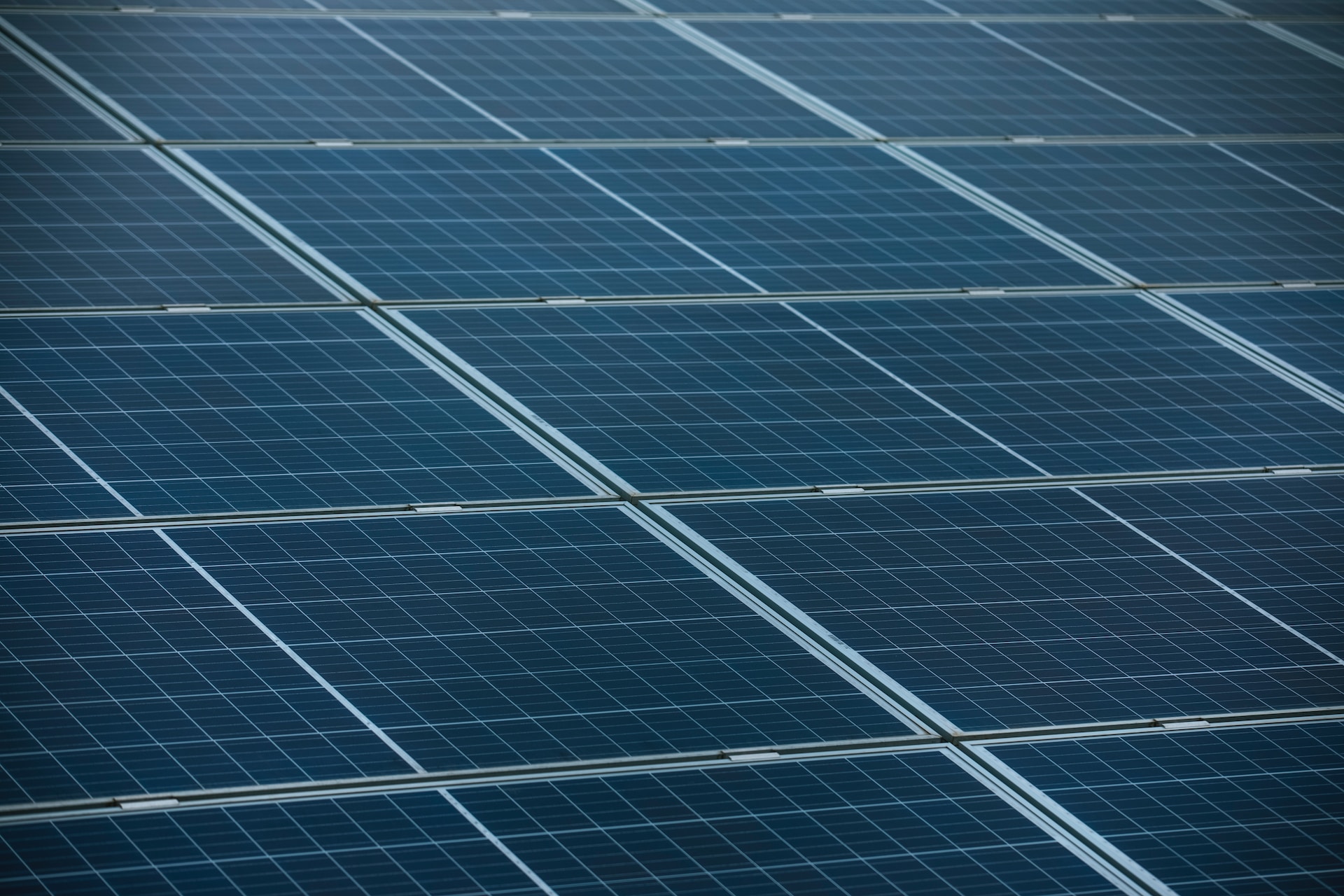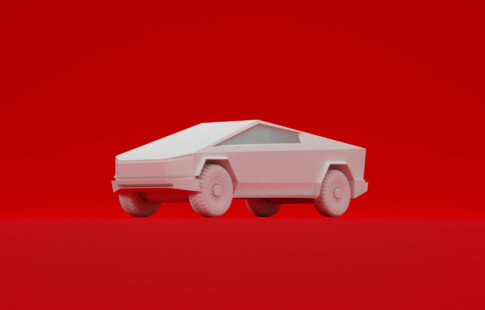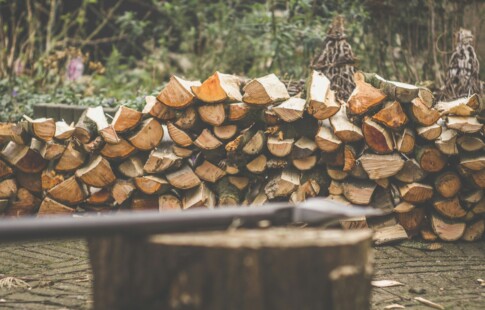
How Are Solar Panels Installed Without Damaging the Roof? Common Questions About Going Solar
We are reader-supported. When you buy through links on our site, we may earn affiliate commission.
The process of installing solar panels involves drilling holes in your roof to mount the panels in place. However, solar installers will then patch the holes with weather-resistant materials. Ultimately, photovoltaic panels won’t damage your roof — they’ll actually protect it from the elements, including rain, snow, and, of course, sun. That’s especially true if your roof has shingles, which tend to get sunbleached over time.
How Are Solar Panels Installed on an Old Roof?
Solar panels are not installed on old or damaged roofs — or, at least, they shouldn’t be! The typical life span of a roof is around 25 years, which is also the life span of an average solar panel. Therefore, if your roof is over a decade old, it’s probably going to start breaking down 10 years before your solar panels are ready for replacement.
It makes sense to install solar panels on a relatively new roof. In fact, many people decide to bundle the roof replacement and solar installation processes together. That way they can avoid removing the solar panels to perform roof repairs years down the road.
Which Type of Solar Panel Should You Choose?
There are three main types of solar panels. Which one is right for you?
- Monocrystalline
If you have the budget for them, monocrystalline panels are the most efficient type of solar panel, generating the most power per square foot. They can achieve up to 27% efficiency under ideal weather conditions. Although their sleek, glossy black design pairs well with many different design schemes and home colors, monocrystalline panels are less common than polycrystalline panels because they’re more expensive.
- Thin Film
It’s rare to use thin-film solar panels on homes. They’re cheaper than either type of crystalline panel, but they have a very short life span. Their low efficiency also means you’d probably need more of them to power your home than would fit on your roof. Thin-film solar panels are more commonly installed on solar farms.
- Polycrystalline
You’ve probably seen polycrystalline panels on homes and businesses. Also called multicrystalline panels, these blue photovoltaic panels are moderately efficient and more affordable than their monocrystalline counterparts, making them the most popular choice for homeowners. If you’re on a tighter budget but don’t want to sacrifice too much in the way of efficiency, polycrystalline panels are a great option.
Are Solar Panels Ever Installed Under Trees?
The more sun that hits your solar panels, the better, but that doesn’t rule out putting solar panels on your oak-shaded roof. Even if your home has a lush tree canopy over it, you might be able to get away with just trimming a few branches to expose the solar panels to the sun.
Modern solar panels are more efficient than ever before. They can still generate a lot of energy even in sub-optimal conditions. Many trees also drop their leaves during the winter, allowing sunlight to reach the solar panels.
Additionally, the sun changes position throughout the day. A tree might shade your roof in the morning but allow the sunlight to come through in the afternoon.
If you install solar panels under a tree, the only extra maintenance you’ll need to do is to periodically sweep away leaves and branches that fall on them. Unless an entire branch happens to fall on the panels, your trees won’t cause any damage.
Are Solar Panels Installed on North-Facing Roofs?
In the southern hemisphere, it’s ideal to install solar panels on north-facing roofs because that’s where they get the most sunlight. If you live in the northern hemisphere, you should install your solar panels facing south. But what if your roof faces the wrong direction?
If your roof faces east or west, solar panels are still a viable option. They won’t be quite as efficient, but they’ll still work well enough to be worth the investment. If you live in the southern hemisphere with a south-facing roof — or in the northern hemisphere with a north-facing roof — then your best option is to install ground-mounted solar panels.
What Are the Downsides of Getting Solar Panels?
Solar panels have a high upfront cost. The cost of getting solar panels ranges from $4,500 to $36,000, or an average of $16,000. However, most solar panels pay for themselves in the long run, making them a worthwhile investment if you can afford the high overhead.
Weather can also affect performance. Solar panels work best on sunny days and are typically less efficient in rain, snow, and overcast weather. They also stop working at night. Thankfully, most solar users are connected to the grid — energy companies won’t let your power go out at night or during a storm! If you have a battery storage system, that’s another way to get around the fluctuations in efficiency.
Finally, another downside of solar panels is that they’re hard to recycle. Because a solar panel contains so many different materials, it’s difficult to break it down and separate it into its unique components for recycling. The process costs more than the recovered materials are worth. Therefore, only 10-15% of solar panels by weight are currently recycled.
The good news is that engineers are hard at work developing new recycling solutions. One approach is to expose photovoltaic panels to microwave or infrared energy, which softens the plastic coating enough that it becomes easy to peel off. This process makes it feasible to remove the glass panel in one piece for reuse.
Going Solar Is Worth It
There are few conditions in which installing solar panels doesn’t make sense. Even if your home has trees that shade the roof, your roof faces the wrong way, or you need to replace the roof altogether, you can still enjoy the benefits of going solar. Plus, installing solar panels protects your rooftop against weather damage and extends its life span.
Although the high upfront cost can present a barrier to installing solar panels, government subsidies and falling costs make it easier than ever to get on board with using renewable energy. In the long run, your wallet — and the planet — will thank you.
Share on
Like what you read? Join other Environment.co readers!
Get the latest updates on our planet by subscribing to the Environment.co newsletter!
About the author
Rachel Lark
Rachel serves as the Assistant Editor of Environment.co. A true foodie and activist at heart, she loves covering topics ranging from veganism to off grid living.





